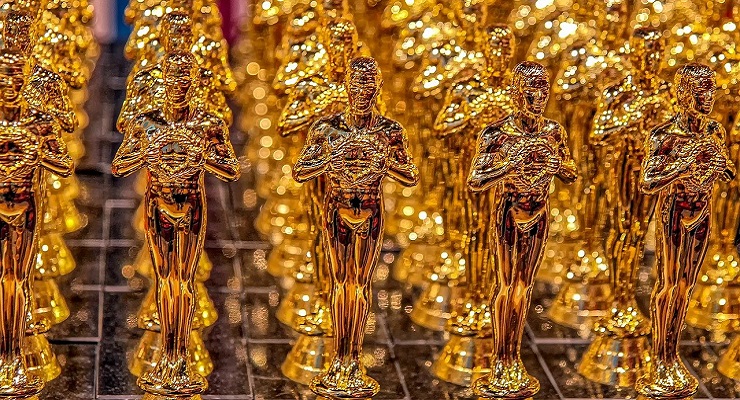
Most people don’t know it but the story behind how the Oscar winners are chosen is just as fascinating as the nominees themselves. Justin Chenette had a really interesting article in FairVote that tells just this story. Here is an excerpt:
This week we learned the nominations for the 93rd Academy Awards. There is a fascinating lineup of nominees for the coveted trophy for Best Picture including Judas and the Black Messiah and The Trial of the Chicago 7.
The story behind the selection process to arrive at the Oscar nominees though, is as interesting as the nominees themselves.
The Academy of Motion Picture Arts and Sciences (the “Academy”) has employed ranked choice voting to determine the winner of the Best Picture Oscar since 2009 – in that “winner take all” contest, ranked choice voting (RCV) results in a winner that has both strong first choice support and broad support.
Read the full story here. So what is ranked voting? According to Democracy Chronicles’ friends at the nonpartisan nonprofit FairVote, an organization with its headquarters in Takoma Park, Maryland:
Ranked choice voting (RCV) makes democracy more fair and functional. It works in a variety of contexts. It is a simple change that can have a big impact. With ranked choice voting, voters can rank as many candidates as they want in order of choice. Candidates do best when they attract a strong core of first-choice support while also reaching out for second and even third choices.
When used as an “instant runoff” to elect a single candidate like a mayor or a governor, RCV helps elect a candidate that better reflects the support of a majority of voters. When used as a form of fair representation voting to elect more than one candidate like a city council, state legislature or even Congress, RCV helps to more fairly represent the full spectrum of voters.
Also see related Democracy Chronicles articles like those on Voting Methods, Direct Democracy, and definitely check out our main Voting Methods section.
Leave a Reply